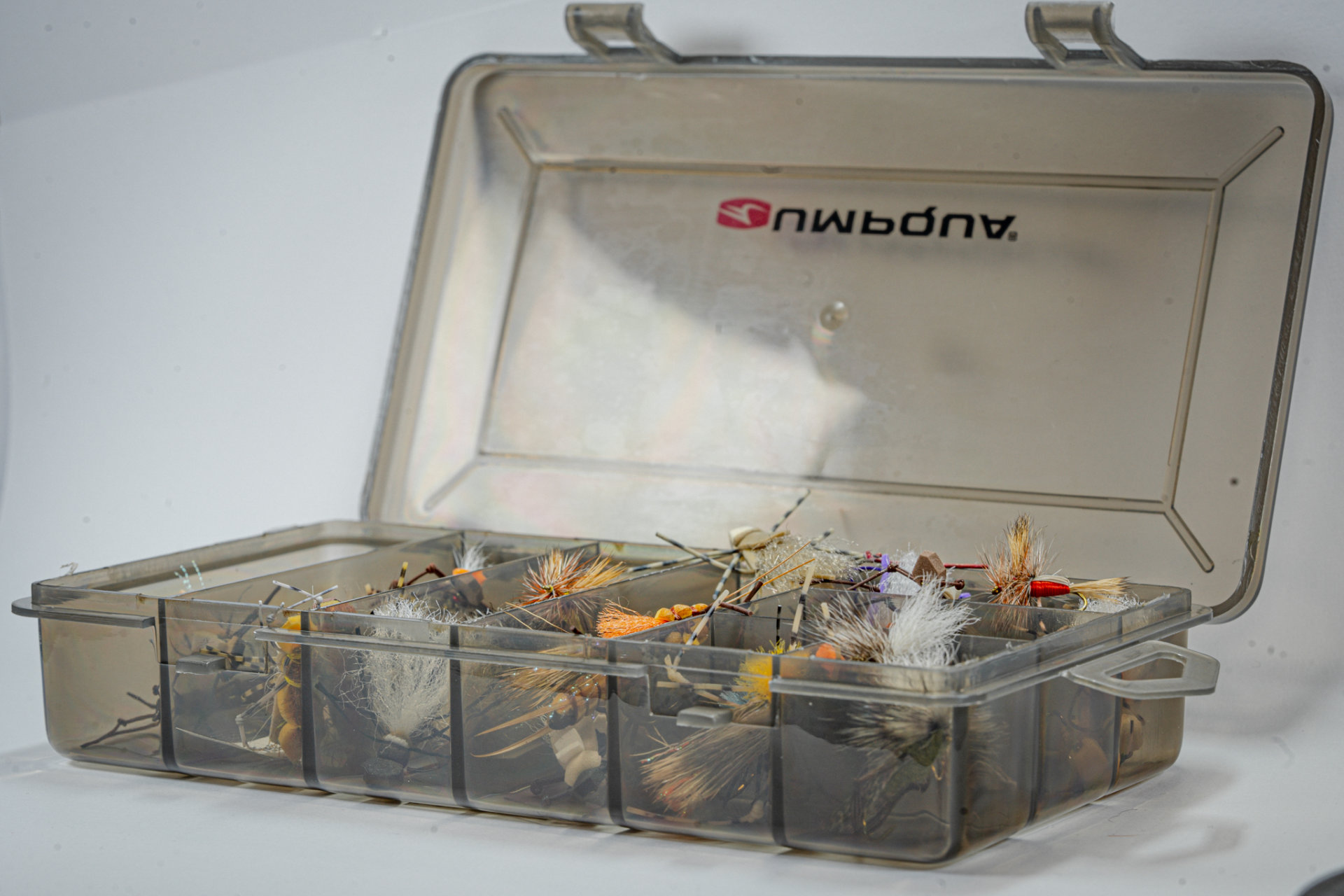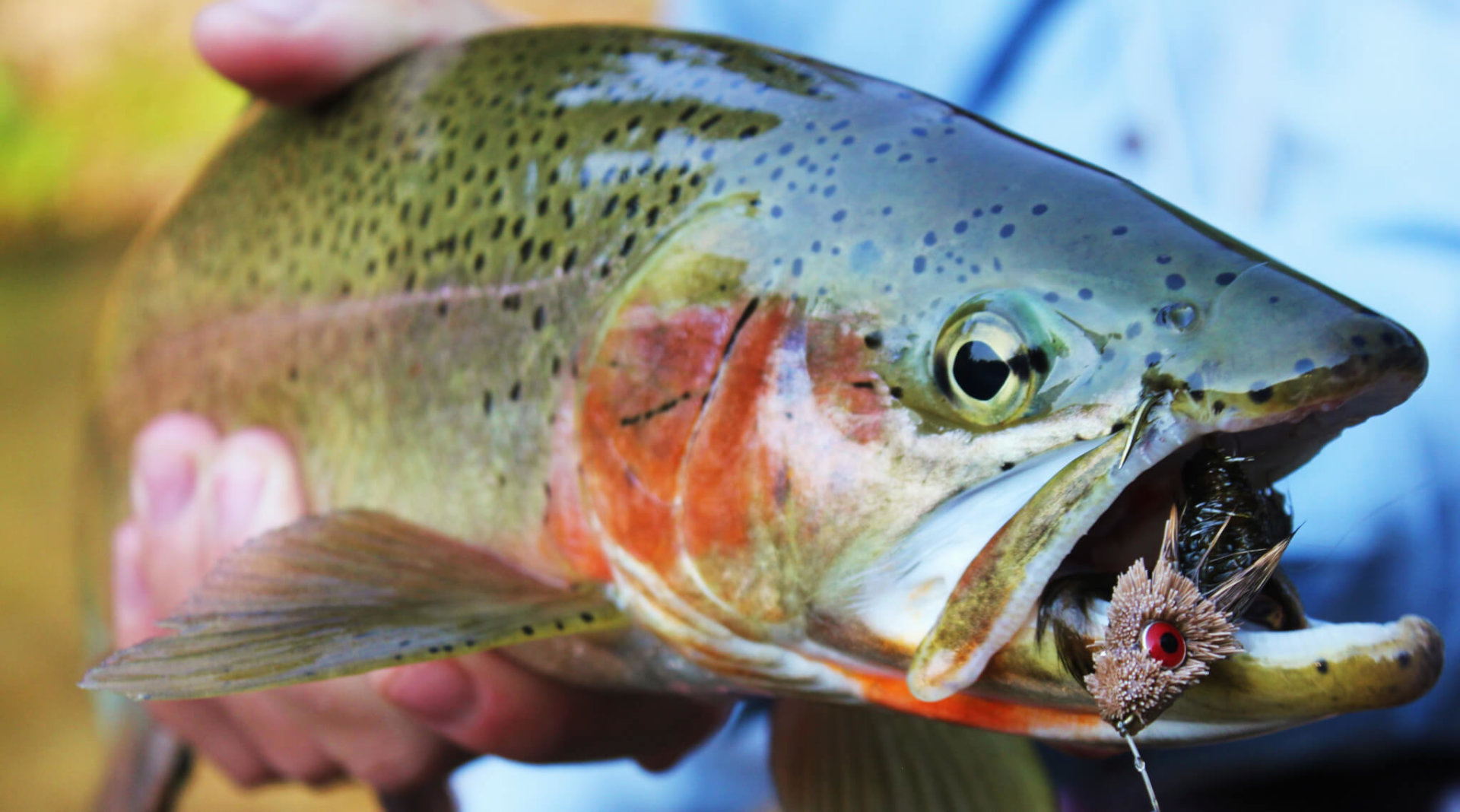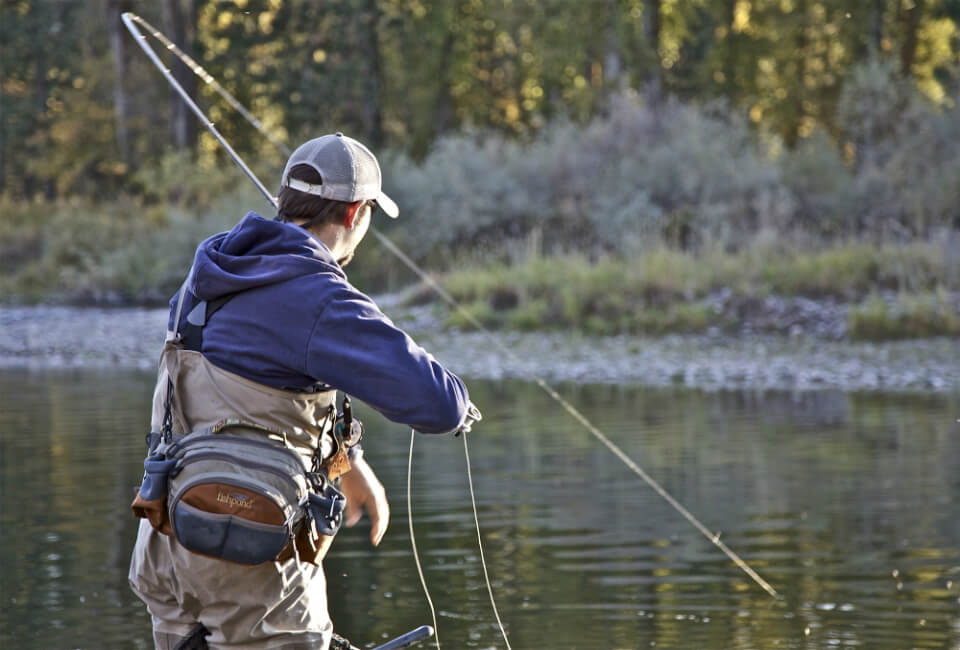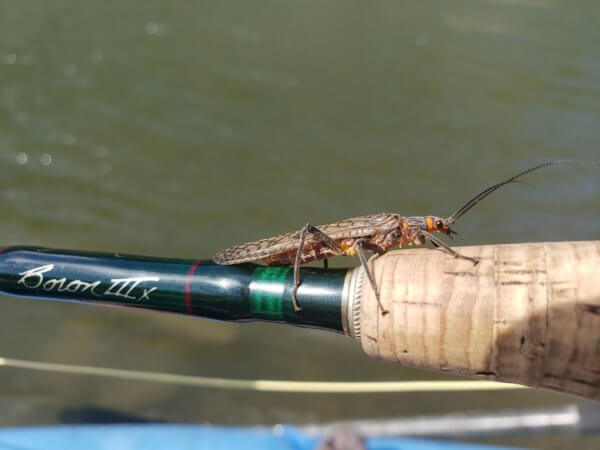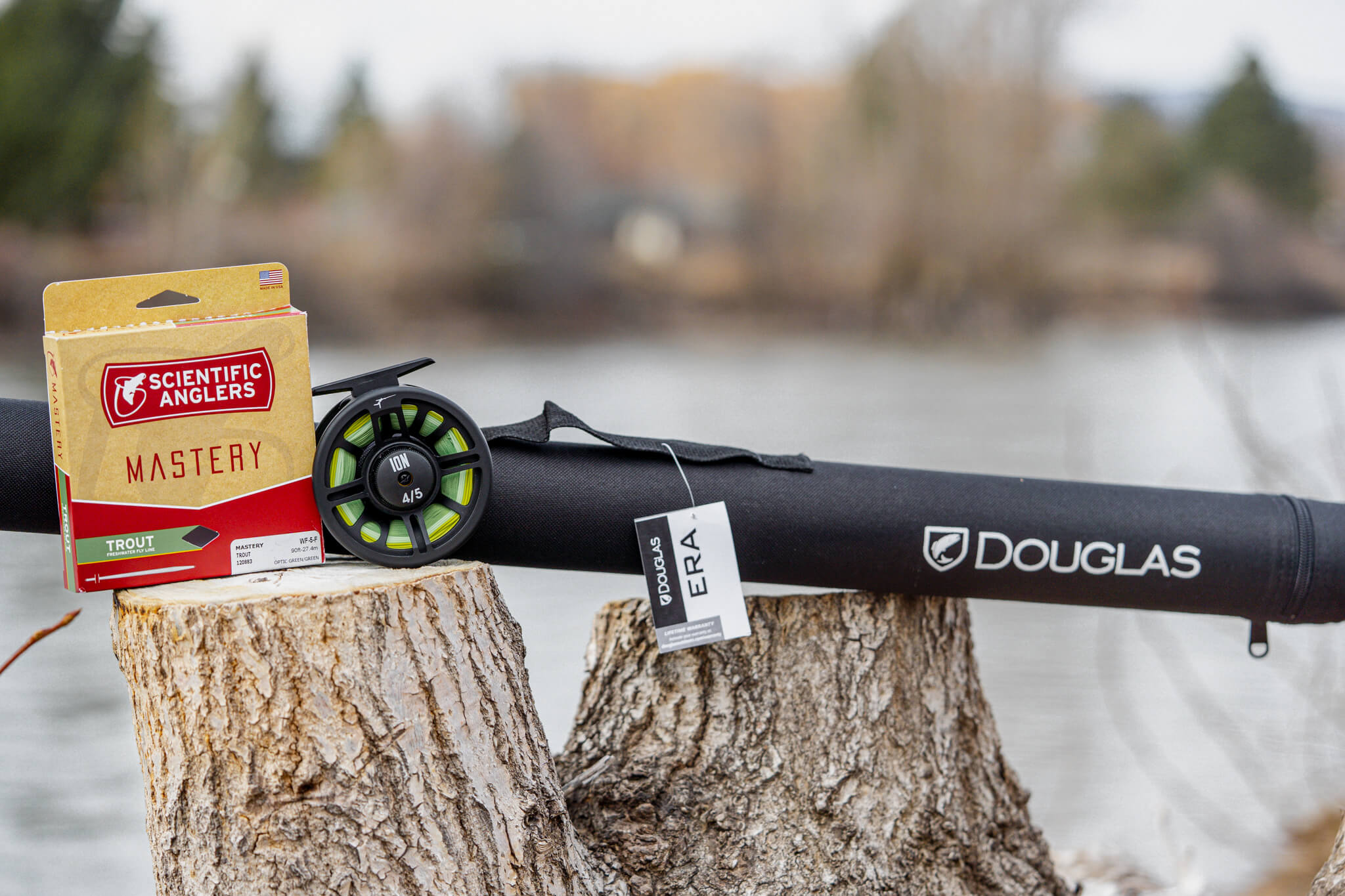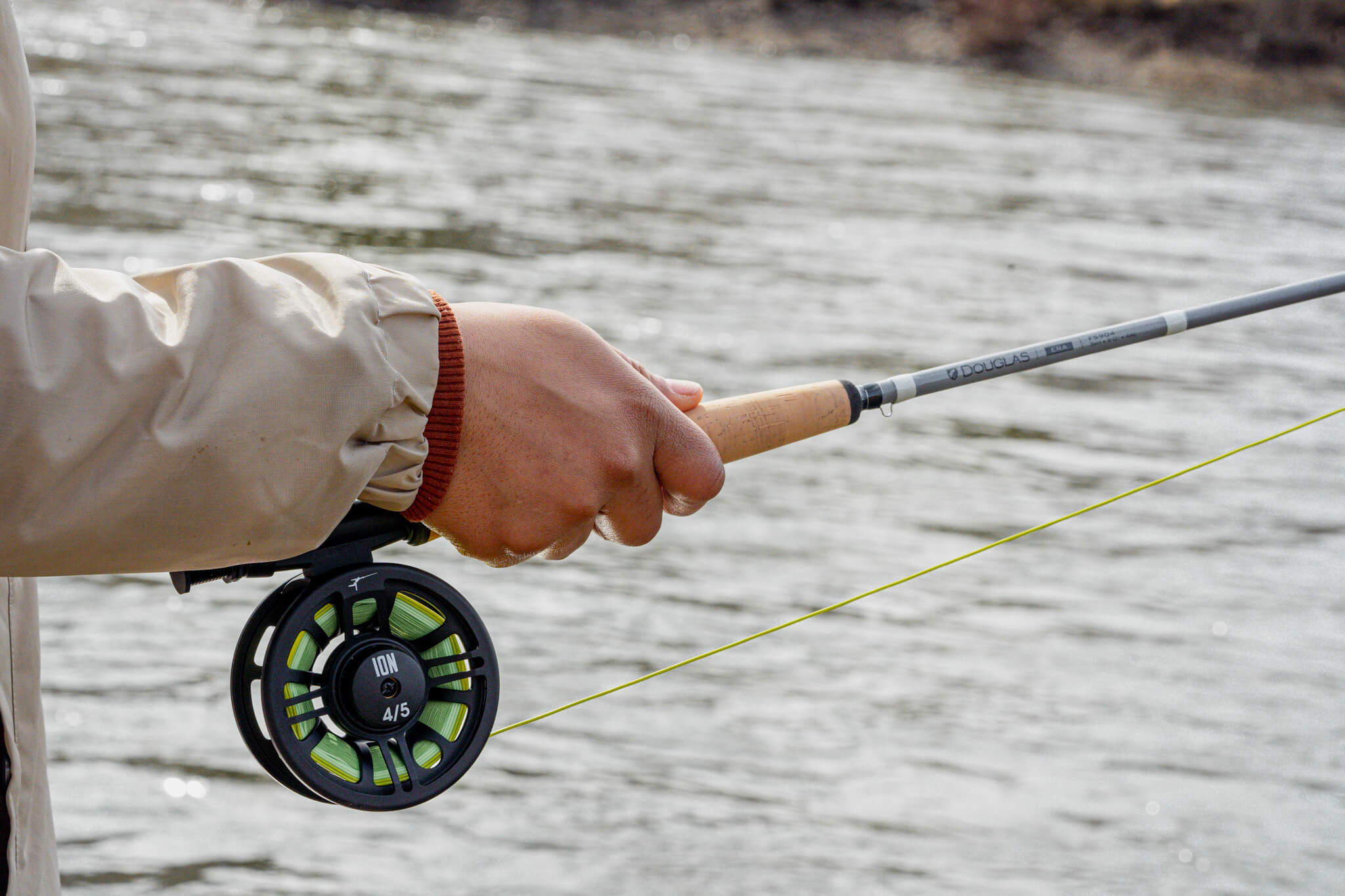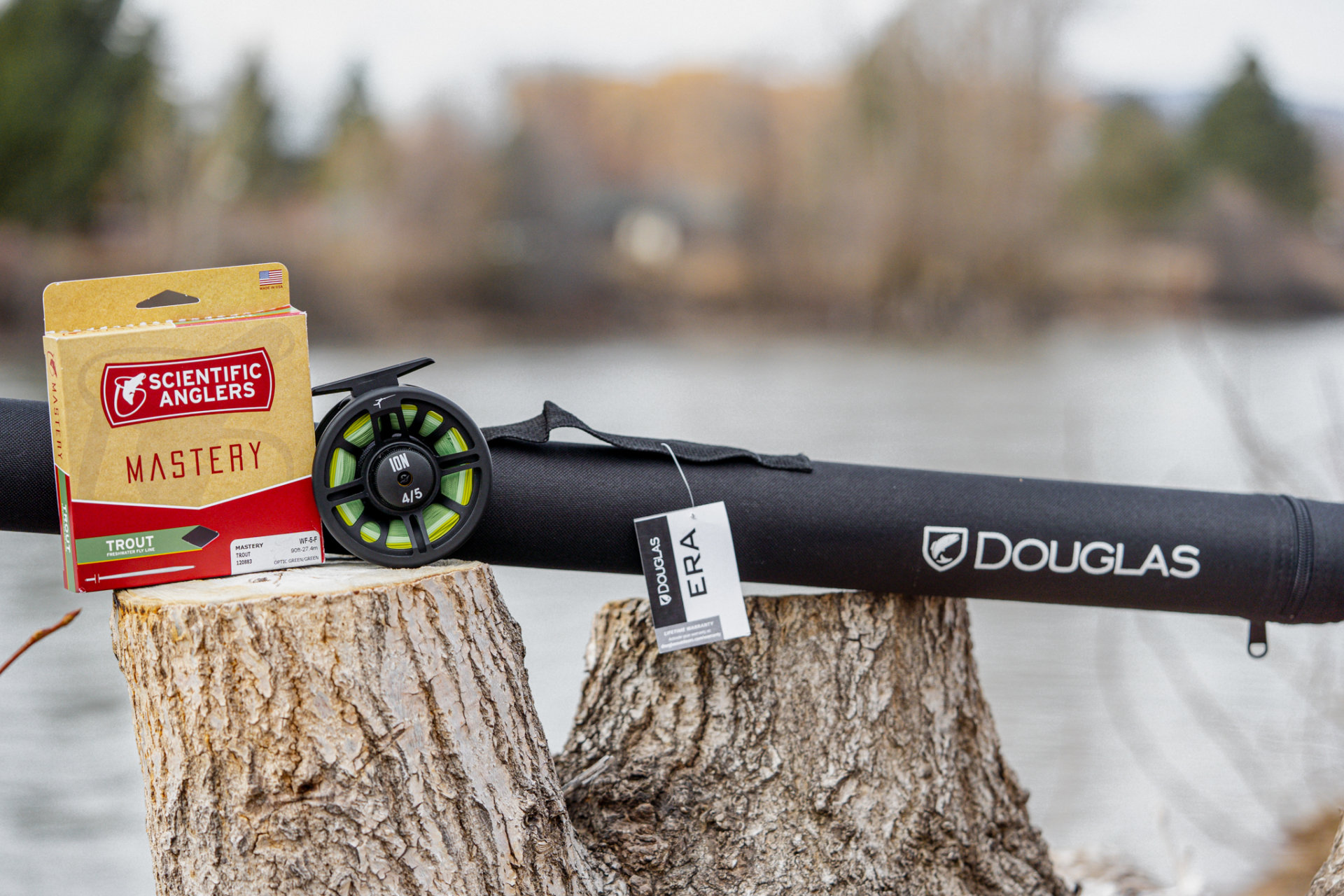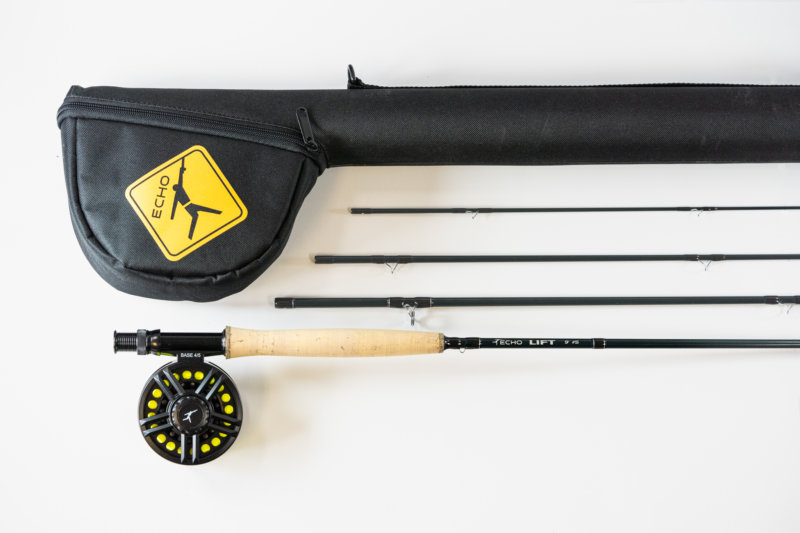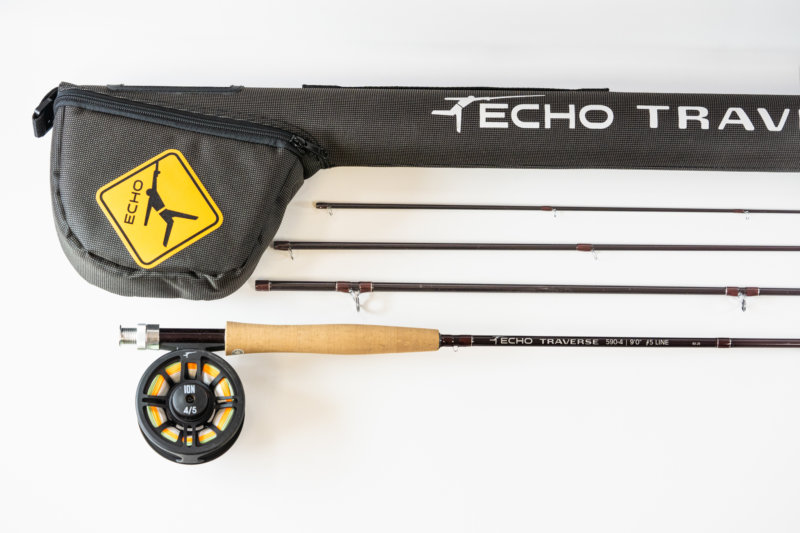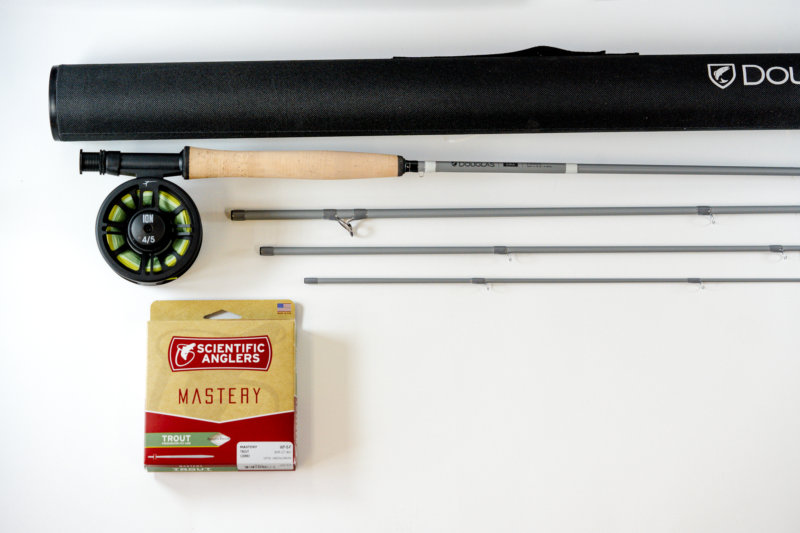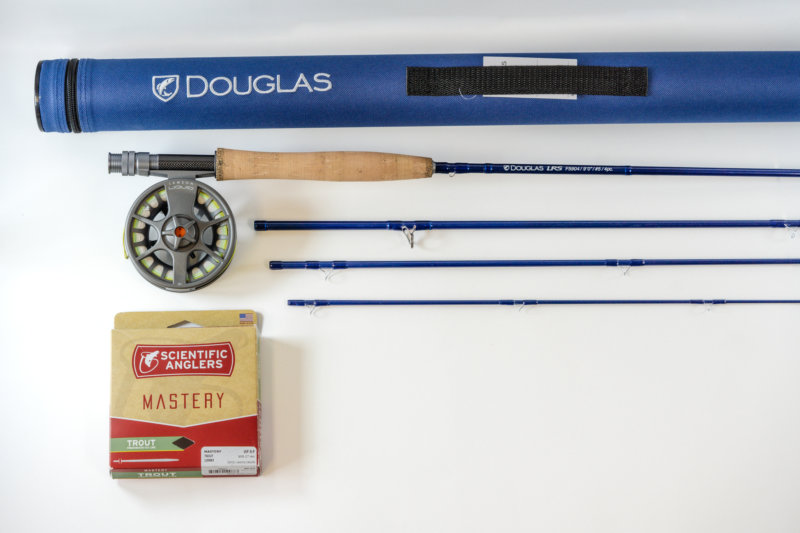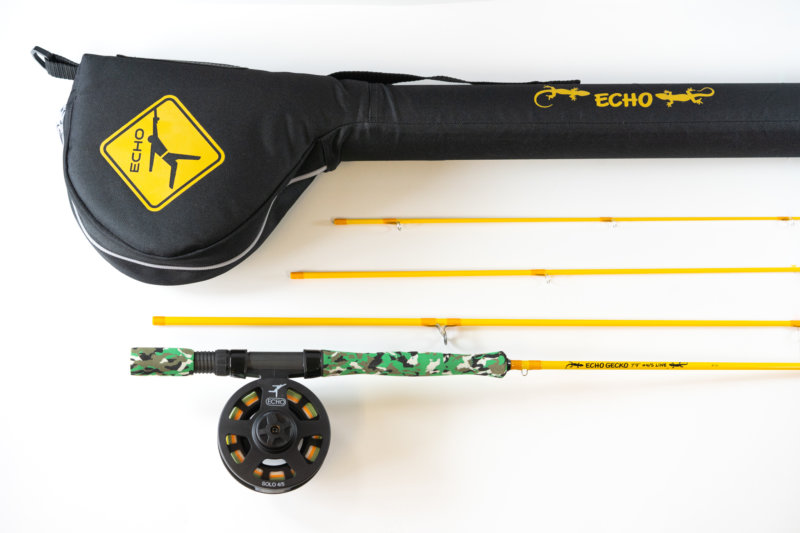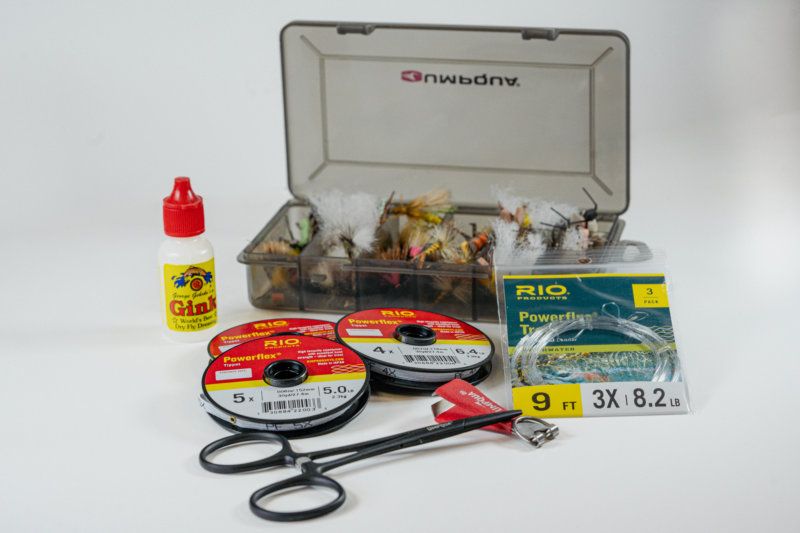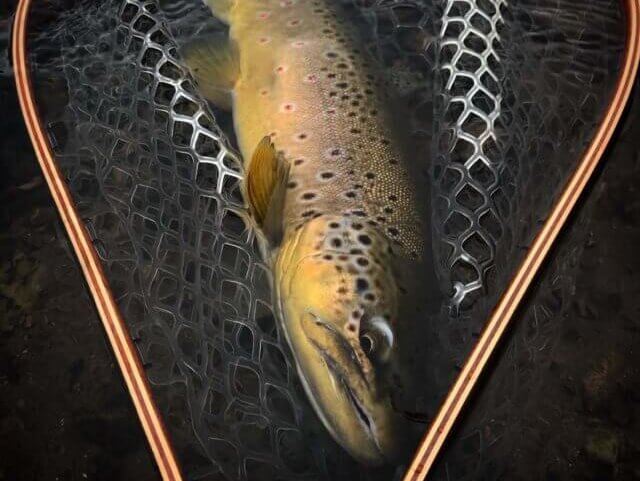I’ve been selling fly rods since 1985. I’ve made a lot of mistakes over that time period. Here’s what I think I’ve learned about helping anglers choose the best fly rod for their casting style.
My opinion doesn’t mean a @#?*>^%$ thing when it comes to your rod choice. I like the rods I like because of the way I cast.
I’ve been teaching fly casting since 1988. Unless your body shape resembles mine (and all gods help you if it does), I’ve learned your cast won’t look the same as mine, no matter how long you practice. The cast works around your body. It’s like batting stances. All those different stances made it to the majors. Batting stances follow fundamental tenets, but vary all over the map, and they’re all pros. Like a batting stance, casting is based around your body’s strengths and weaknesses, which might not be the same as mine.
My casting style comes from body shape, strengths and weaknesses, and practice. It’s not yours, it’s mine. Yours can come close, but won’t be exact. That’s important to know when you go to choose the best fly rod for your casting style.
That’s why my opinion doesn’t mean a thing. Unless you cast the way I do, my rod choices may not be yours.
If you go somewhere to buy a rod and they don’t have try lines, meaning you can’t cast the rod before you buy it, go somewhere where they will let you cast the rod.
I’ve seen it all. How anglers try to figure out how a rod will cast without casting it. Oscillations per minute under pressure. Got that one from Ted Williams. Pressing the rod against the ceiling and judging from the resistance how it will cast. Same as pressing it against the floor. The violent wiggle. The gentle wiggle. The intensely scrutinized, synchronized with the elbow and wrist wiggle. None of it means a damn thing. You have no idea how that rod will cast till you put a line on it. Don’t buy a rod without casting it or there’s no way you’ll get a fly rod that fits.
Never listen to the salesperson if they give you casting advice when buying a fly rod. Yes, the salesperson is trying to help. Yes, what the salesperson says is very likely useful AT THAT MOMENT, but how much are you going to actually retain, how much will you change?
I can’t tell you how many times I’ve been guilty of this. Wanting to help, but really causing more problems. Adding my 2 cents as the customer strays further and further away from choosing the best fly rod for their casting style..
When I teach casting, I have a method and style I ascribe to. If I’m blabbing about it while you’re test casting a rod, it might mean you have issues with your casting. Or, I may have cast the rod you’re looking at and thrown it 90 feet, and you want to know how I did that. Answer to that- I practiced. But whatever I say, whatever I show you, is going to alter your cast at the moment, very likely into a casting style I favor, which will lead you to buy a rod in the casting style I favor. Which may not be your style in the real world. It’s not my rod, it’s your rod. Don’t change your casting style when buying a rod.
If, after you’ve made your rod choice, you ask for advice, I’ll gladly give it. Having seen your style and what you chose for a rod, I’ll give the best advice I can. But not until you’ve made a decision.
So, what do you look for when buying a fly rod? What’s the most important thing to watch to get a fly rod that fits?
THE BACK CAST. SAY IT AGAIN, THE BACK CAST
When I’m selling a rod, the only thing I look at is the back cast. I do that because I know the last time the buyer looked at their back cast was the last time they practiced casting.
When was the last time you practiced casting?
That’s what I thought.
If you’re buying a rod and know enough to cast and compare, then you’re at least an intermediate caster. This is my definition of an intermediate caster. The front cast is basically functional to good, but the back cast looks like the Shadow Casting poster, with swirls of line in all sorts of shapes and designs.
Basically, the back cast is no damn good. And a good back cast is the foundation for a good cast. But people find ways to make that silliness behind them work. If the front cast is landing OK, then it’s all good.
When a potential buyer is comparing rods, I don’t watch the cast, I watch the back cast. Which rod provides the caster with the best shaped back cast? The front is going to be OK- that’s the definition of an intermediate caster. Which rod throws the most natural back cast, which forms the best loop. That’s the rod to choose, the fly rod that casts best on the back cast.
It’s this simple. Since most casters don’t pay attention to their back cast, the rod that throws the best back cast is the rod that naturally fits the casters stroke. I don’t care how far the rod throws, I don’t care which rod the caster prefers, I watch the back cast and recommend the rod that throws the best back cast. That’s the key to getting the best fly rod for your casting style.
That’s the secret. The cats out of the bag. Now, how does a rod shopper avoid the Hawthorne Effect?
That’s also a simple fix. Stretch a little line out, and cast a bit further, or try to cast a shorter……….
Wait, are you wondering what the Hawthorne Effect is? It’s the effect the observer has on the observed. Because now the caster knows their back cast is being analyzed, they will try and change it.
Here’s something else I’ve learned. The lack of attention by most anglers on the back cast has ingrained some pretty interesting habits. Most casters couldn’t break those dubious habits for a $1000 bet. (I’ve done enough teaching to be comfortable in that statement!) All I have to do is change the casting from something comfortable, where a caster can focus on their back cast (Hawthorne Effect) to an uncomfortable cast. So I ask the test caster to add some line, or shorten the line, or turn and cast into the wind. I make them do something a bit uncomfortable.
Boom!
The back cast is right back to where it was when you started casting and didn’t know I was watching. Change focus, add difficulty, and the habits come back. Hawthorne is alleviated!
Test casters look at me, staring behind them, and wonder what I’m doing. I’m watching the part they’re not, and making my assessment. While I have a vested interest in the customer buying a fly rod from me, I don’t have a vested interest in what rod it is. Whether I like it or not is completely irrelevant. It’s not my rod. I’m looking for the rod that fits the casting style of the person casting.
The back cast tells me which rod that is.
Use Technology To Boost Your Casting
As an aside, when the concept of a video camera was new I was teaching casting in New Hampshire. We rented a VCR camera for the Intermediate class, and taped the students. Every single student, over the course of the 3 years we ran the class, was stunned at how crappy their back cast was. How close it came to the ground, how mis-shapen it was, how slowly it moved. Every single student. They didn’t choose the best fly rod for their casting style.
It’s tough to make something good happen in front when you have dog poo behind you.
However, you can’t fix it if you don’t know it’s a problem. So get your phone out and have someone video your cast. What’s your final goal? If you were being videoed from just above your head, a watcher couldn’t tell which direction you were casting. Another way to say it- the back cast is a mirror image of the front cast. Click here to find out how to set up the perfect practice area.
When I get a customer whose back cast is a mirror image of the front cast, I just shut up and get different rods as they ask. Or if I see something in their cast, I may recommend a rod they hadn’t thought of. But when the back cast matches the front cast, I don’t really do all that much other than string up rods.
Who knew, when buying a fly rod, that the most important thing to look for is the one thing most anglers pay no attention to. It took a long time to figure
this out, and I stand by this method of rod assessment. It makes for happy customers; it makes it easy to choose the best fly rod for YOUR casting style.

